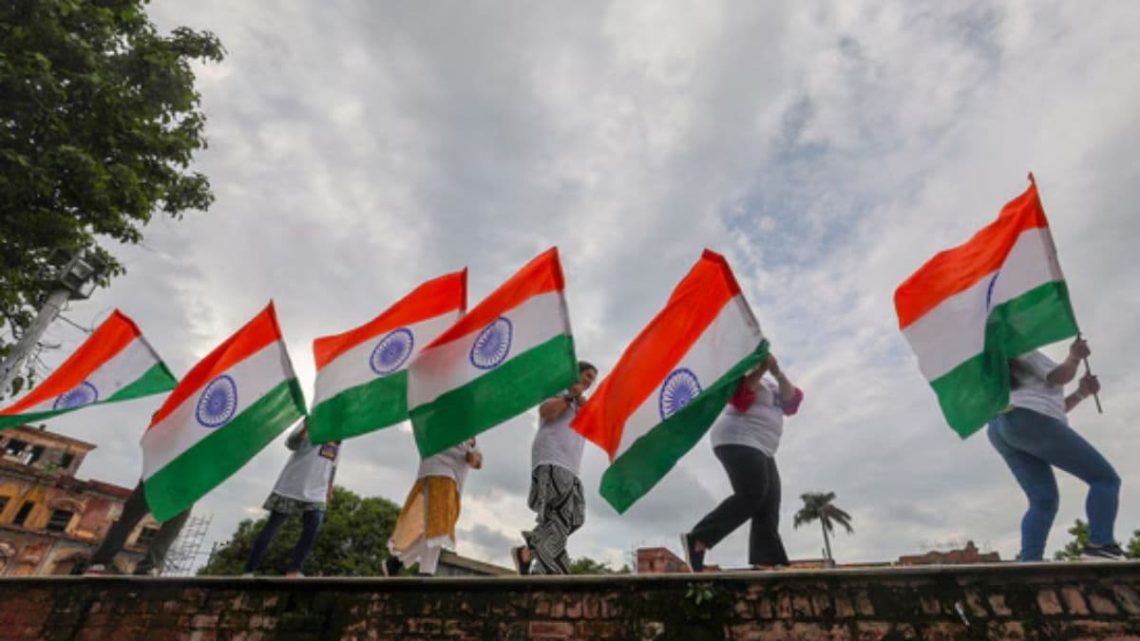India’s Republic Day, celebrated on January 26th, commemorates the adoption of the Indian Constitution on January 26, 1950.
Republic Day is a significant national holiday in India, celebrating the country’s transition to a republic and its commitment to democracy, secularism, and social justice. The national flag of India is an integral part of these celebrations, symbolizing the country’s rich cultural heritage and its values.
Here are five interesting facts the national flag of India:
1. Design and Colours: The Indian national flag, also known as the Tiranga, consists of three horizontal bands of colours: saffron (orange), white, and green. The saffron band represents courage and sacrifice, the white band represents purity and truth, and the green band represents faith and chivalry. In the centre of the white band is a blue chakra (wheel) with 24 spokes, known as the Ashoka Chakra.
2. History: The Indian national flag was designed by Pingali Venkayya, a freedom fighter from Andhra Pradesh, in 1921. The flag underwent several changes before its final adoption on July 22, 1947.
4. Flag Code: The Indian government has established a Flag Code to govern the display and use of the national flag. The code specifies the occasions on which the flag can be flown, the size and material of the flag, and the protocol for hoisting and lowering the flag.
5. National Flag Day: December 7 is observed as National Flag Day in India, commemorating the adoption of the national flag in 1947. On this day, Indians are encouraged to display the national flag in their homes, offices, and public spaces as a symbol of national pride and unity.
Link to article –
Republic Day 2025: 5 things to know about the Indian national flag

